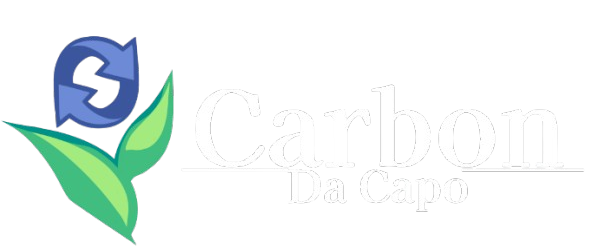
Blog
Is the Ozone Layer Still Being Depleted?
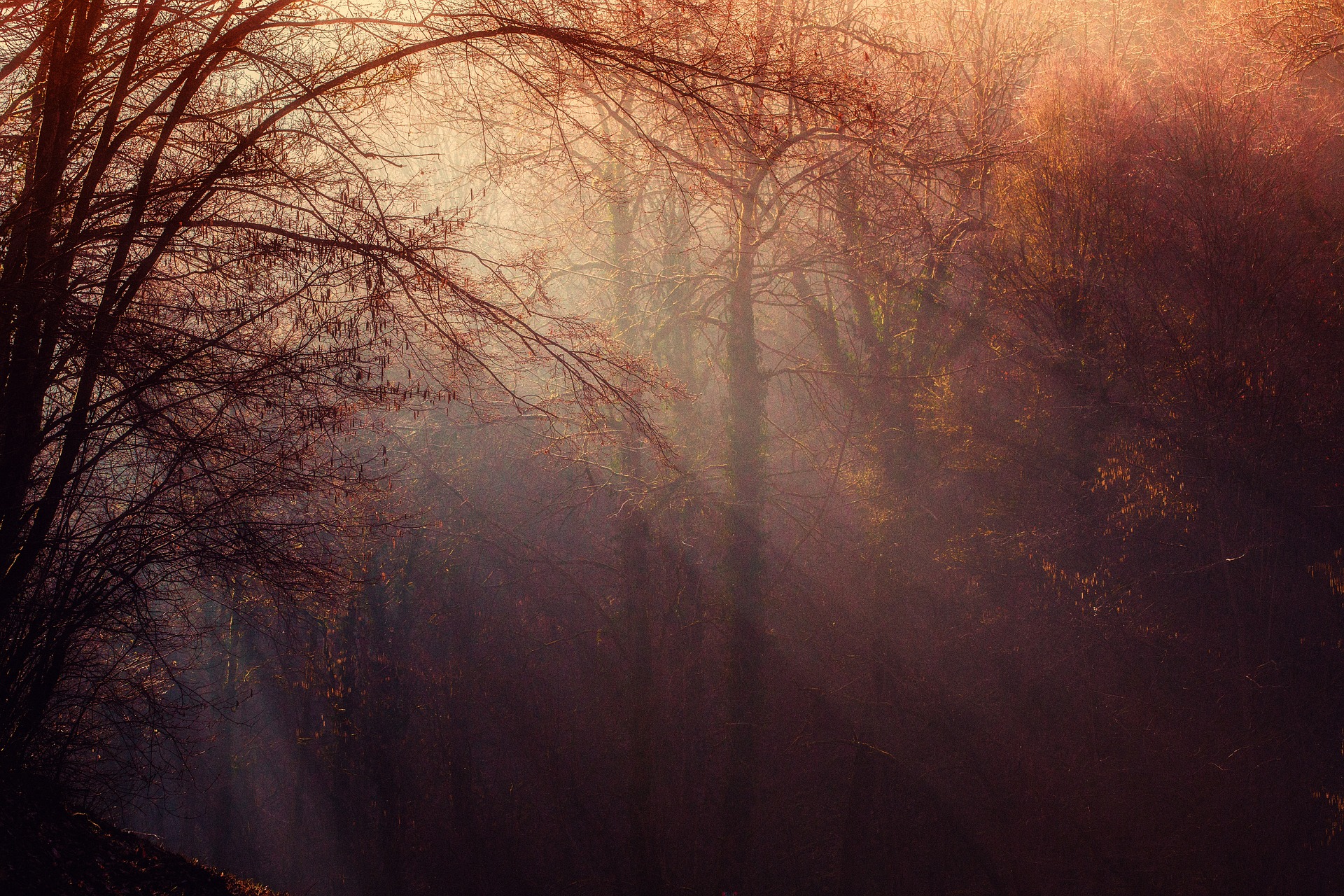
Take a moment to think about this: we’ve lost around 24.8 million square kilometers of the ozone layer—that’s roughly the size of North America. It’s easy to assume that the Earth is always shielded from the Sun’s harmful rays. But do you realize what would happen if the ozone layer continues to deplete? If we don’t act quickly, climate change could make this crisis even worse. So, why does it matter? Let’s explore this important issue.
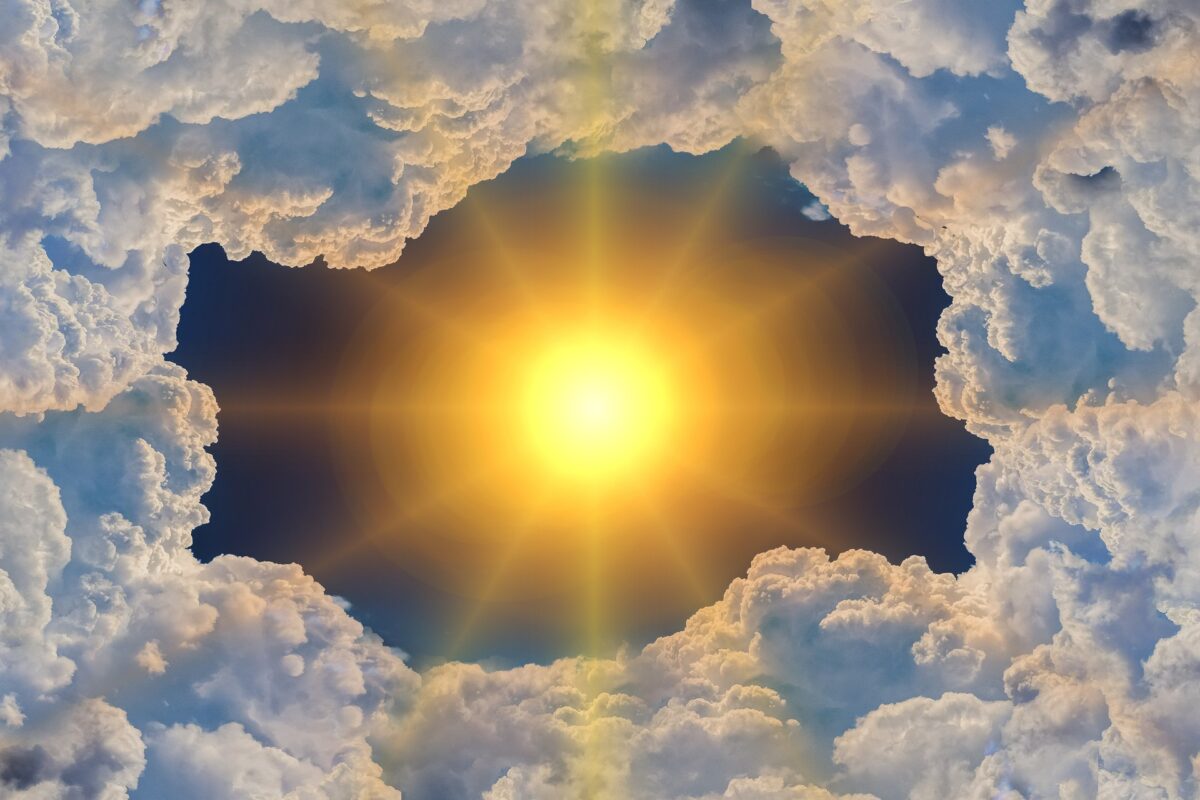
What Exactly Is the Ozone Layer?
Imagine a world where skin cancers become widespread, eyesight rapidly deteriorates, plants can no longer grow or reproduce, and plankton are wiped out, causing the collapse of the entire global ecosystem. This would be the result if the ozone layer were to disappear. Think of the ozone layer as a shield for the Earth. This thin layer of ozone (O₃) molecules sits about 10 to 30 miles (16 to 48 kilometers) above our heads in the stratosphere. While it makes up only a small part of the atmosphere, it’s vital for blocking out the Sun’s dangerous ultraviolet (UV) radiation. Specifically, UV-B and UV-C rays. These rays can lead to skin cancer, cataracts, weakened immune systems, and severe damage to ecosystems. In short, without the ozone layer, life on Earth would struggle to survive.
How Did We Get Here?
Have you ever learned how the ozone layer has been depleted? For many years, human activity unknowingly caused harm to the ozone layer. The biggest culprit was chlorofluorocarbons (CFCs). You might have used this. Where? They are chemicals used in refrigerators, air conditioners, aerosol sprays, and even solvents. When these chemicals were released into the atmosphere, they eventually made their way to the stratosphere, where UV radiation would break them down. This process released chlorine atoms, which would then destroy ozone molecules.
As a result, large holes began to form in the ozone layer, especially over Antarctica. This is what we called the “ozone hole.” The thinner the ozone layer becomes, the more harmful UV-B rays reach the Earth’s surface. Therefore, the risk of health problems and environmental damage increases.
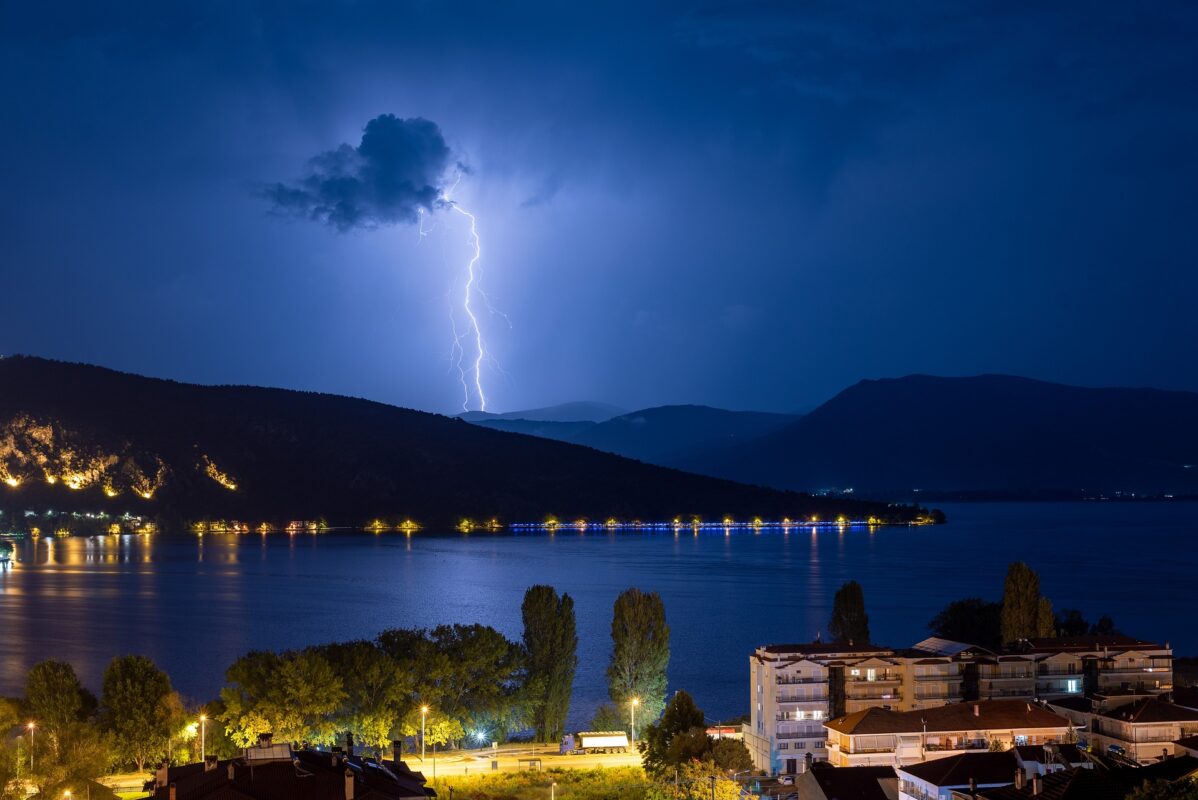
A Global Victory: The Montreal Protocol
In response to the alarming depletion of the ozone layer, the world came together and took action. In 1987, the Montreal Protocol was established. It was an international treaty aimed at phasing out the use of ozone-depleting substances like CFCs.
Here are key decisions:
・Phased Out Ozone-Depleting Substances (ODS): Set schedules to eliminate chemicals like CFCs and halons that damage the ozone layer.
・Financial Support: Established the Multilateral Fund to help developing countries transition to ozone-safe alternatives.
・Trade Restrictions: Banned trade in ODS with countries that didn’t comply.
・Amendments: Allowed for updates, including adding new harmful substances and the Kigali Amendment (2016) to phase down HFCs (greenhouse gases).
・Monitoring and Compliance: Set up scientific panels for monitoring and a compliance committee to ensure adherence to the protocol.
This agreement has been incredibly successful. Over the years, countries have worked together to reduce emissions of harmful chemicals, and as a result, the ozone layer has slowly started to recover. Experts are optimistic that, if current trends continue, we could see the ozone layer return to pre-1980 levels by mid-century.
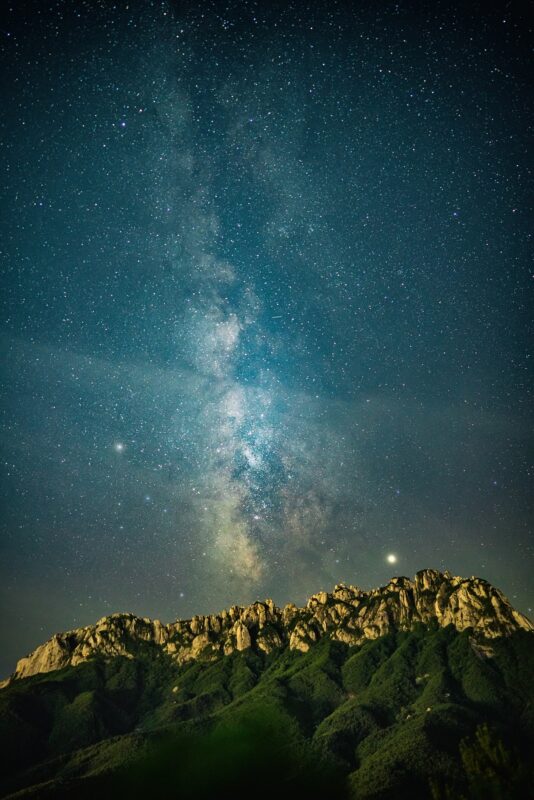
Why Is Climate Change a New Threat to the Ozone Layer?
Unfortunately, the problem doesn’t stop there. Despite the success of the Montreal Protocol, there’s another major issue on the horizon: climate change. While the ozone layer has been recovering, the progress we’ve made is at risk because of the very forces that are driving global warming. You might wonder, what’s the connection between climate change and ozone depletion?
Let’s break it down:
- Greenhouse Gas Emissions and Ozone Depletion: Burning fossil fuels releases greenhouse gases like CO₂, CH₄, and N₂O, which drive climate change and, in the case of nitrous oxide, contribute to ozone depletion. When nitrous oxide reaches the stratosphere, it reacts with ozone molecules, causing them to break apart. This means that even as we work to heal the ozone layer, rising emissions are undermining our efforts. The oil industry is expected to accelerate due to U.S. government policies, as the U.S. is the second-largest emitter of greenhouse gases in the world. This is one of the major challenges the world is facing today.
- Cooling of the Stratosphere: While the Earth’s surface is heating up due to climate change, the stratosphere (where the ozone layer resides) is actually cooling. This cooling can lead to the formation of polar stratospheric clouds, which provide a surface for reactions that destroy ozone. As the stratosphere cools due to global warming, more clouds may form, worsening ozone depletion, particularly in polar regions.
- Changes in Atmospheric Circulation: Climate change could also alter atmospheric circulation patterns. This means that ozone-depleting chemicals might be transported to the stratosphere in greater quantities, and the distribution of ozone itself could be disrupted. This could delay the recovery of the ozone layer and potentially make the problem worse.

What Can We Do?
While many challenges remain, the situation with the ozone layer has improved so far. As the Montreal Protocol demonstrated, when the world unites to tackle an environmental crisis, we can make a meaningful difference. However, it’s crucial to continue these efforts. Here are some actions you can take individually to help protect the ozone layer:
- Reduce Greenhouse Gas Emissions: By reducing our reliance on fossil fuels and adopting clean energy sources, we can slow the progression of global warming and protect the ozone layer from further damage. We can contribute by using electric vehicles (EVs) or reducing our reliance on electricity generated from fossil fuels.
- Support Policies to Protect the Environment: Governments must continue to implement and strengthen policies that protect the ozone layer. This includes enforcing bans on harmful chemicals and encouraging sustainable practices across industries.
- Take Personal Action: Reduce your carbon footprint, use eco-friendly products, and support organizations that fight for environmental protection. Every small action counts in the fight to preserve the ozone layer and combat climate change.

Conclusion: It’s Not Too Late
The ozone layer is a delicate yet crucial part of the Earth’s atmosphere. Although it has been damaged in the past, global cooperation has enabled us to begin its recovery. However, with the rapid pace of change in the world, global policies can shift easily. That’s why it’s essential to support governments and organizations dedicated to environmental conservation. At Carbon Da Capo, we assist these organizations through carbon credits, and we invite you to join us! Let’s make a difference together.
